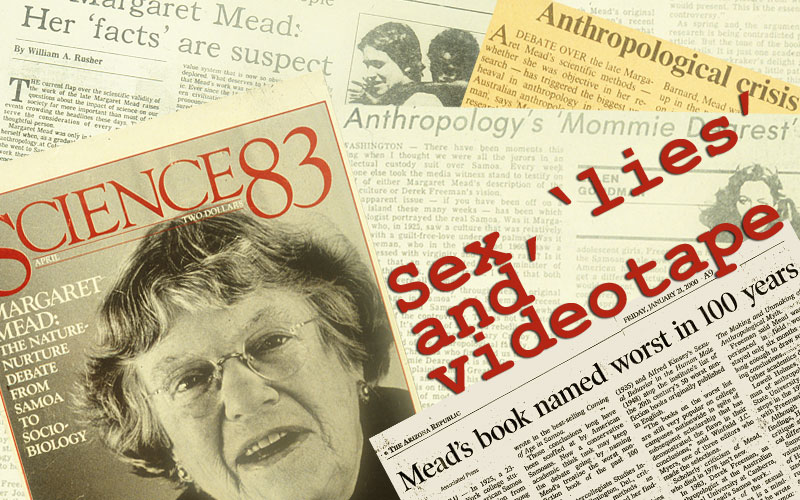Princess
Directed by Anders Morgenthaler
Starring Thure Lindhardt, Mira Hilli Møller Hallund, Stine Fischer Christensen
Run time: 90 minutes
Released to DVD from Palisades Tartan
If the old adage “fight fire with fire” is true, then it would likely follow that one must fight sexual violence with sex and violence. Danish director Anders Mergenthaler seems to have taken this to heart with his award-winning 2006 feature Princess, finally available to American audiences on DVD.
This film, innovatively composed of both animated and purposely low-quality live-action video, bombards the viewer with graphic sex and even more graphic violence; paradoxically, though, its core purpose is quite obviously to take on the sex industry, notorious for its exploitation of young women.
The narrative involves August (voiced by Thure Lindhardt), a reverend returning home after years of missionary work to find that his sister Christina (Stine Fischer Christensen) has died of a drug overdose. Christina, it seems, was used and abused by the pornography industry: while August is unable to escape seeing “Princess” everywhere-on magazine covers at the convenience store to posters in his unnamed city’s red-light district-Christina lived with her five-year-old daughter Mia (Mira Hilli Møller Hallund) in a festering brothel.
The reverend isn’t simply sad, however; he’s overcome by guilt. He was abroad preaching the word of the Lord while his little sister was being routinely exploited on film, all the while sliding further into a wretched life of addiction. Plagued by “what if?” questions (What if he had stayed? What if he had done something to stop the madness in the beginning?), he takes Mia from the brothel to live with him.
We, along with August, learn through various quirks in the child’s actions (any viewer who isn’t disturbed in a very deep way by one scene in particular should probably be mentally evaluated) that she’s been sexually abused by Pleben, one of the managers of Paradise Lust, the company that filmed/exploited Christina. With all of this, August seamlessly switches from unassuming reverend to bloodthirsty vigilante, and the viewer is left to decide if he or she will sit in horror-or cheer on our decade’s Travis Bickle.
Mia is a particularly tragic character: raped by the time she’s five years old, she’s simply unable to understand a world without sex and violence, or the possibility that the two aren’t inextricably intertwined. In what is either the most enjoyable, or deeply disturbing-or both-scene in the film, little Mia takes revenge on Pleben. One doesn’t know whether to cheer her or to recoil when she destroys the instrument he used to violate her with her own instrument, the business end of a crowbar. (Your reviewer chose the former reaction.)
While subject matter that couldn’t seriously be explored in an American production (think Moodyson’s Lilya 4-ever) is typically Danish, the film’s dominant format, animation, is not. One can’t watch the film and not think of Japanese anime. Perhaps, however, there is a point to this. While it can in no way be said that all anime is pornographic, it is nonetheless the genre that brought the world the unfortunately not-illegal sub-genre of tentacle rape porn. But this wicked dark side of anime (a side that occupies a very large portion of the whole) is part of the industry at which Morgenthaler is taking aim. Indeed, is it possible to even consider seriously the idea that “erotic Japanese anime” such as The Rapeman doesn’t, in some not-very-small-at-all way, contribute to the dehumanization of, and violence against, women?
While animation is the dominant style, there is some live action. August himself used to film everything, apparently, including his discussions with Christina and the incident that made it necessary that he become Christina’s guardian. August’s videos are shown to the viewer as scratchy, old VHS-style live action. This adds a certain ugly but necessary rawness to Princess.
There are those who will be offended by Princess, but these people are either prudes or porn producers. The prude will be offended, no matter what the context, by the sex and violence, and the porn producer will be offended by the notion that he is in the same category as any other sex predator, whether they be john, child molester or rapist.
While it’s hard to think of a way to console the typical porn producer (or to conjure up a desire to do so), the prude should take note that not all sex is evil, and violence on film isn’t in itself an atrocity. We wouldn’t condemn Picasso’s Guernica for showing the horrors of the Spanish Civil War, and we shouldn’t condemn Morgenthaler for doing the same for the victims of exploitation. Also, Princess doesn’t condemn graphic sex; why should anyone care if that’s filmed and shown, so long as the performers are consenting adults who’ve made the choice to appear? The problem is that most of the performers in the sex industry aren’t there by choice; most sex film producers are driven by greed, looking to find someone new to exploit. (Lest we be accused of over-generalization, it should be made clear that there are those, albeit a small minority, who make socially conscious adult films.)
In Morgenthaler’s words, “to enjoy a porno film one must either be very dumb or be able to abstract from the fact that one is watching real people.”
For those of us who are neither prudes nor porn producers, and are able to deal with watching explicitly ugly material, Princess, which opened the Director’s Fortnight in 2006 at Cannes and won the prize for best film at the Catalonian International Film Festival in 2007, is well worth the time.




